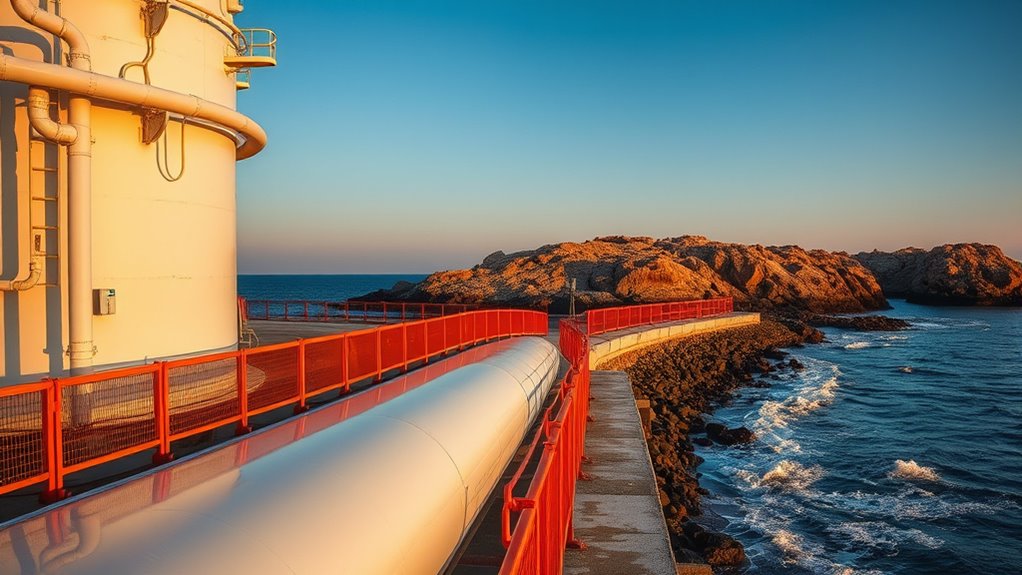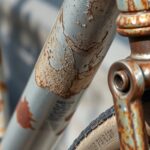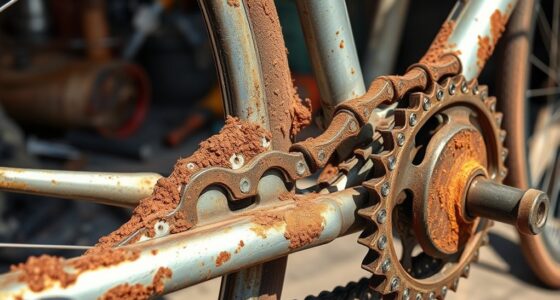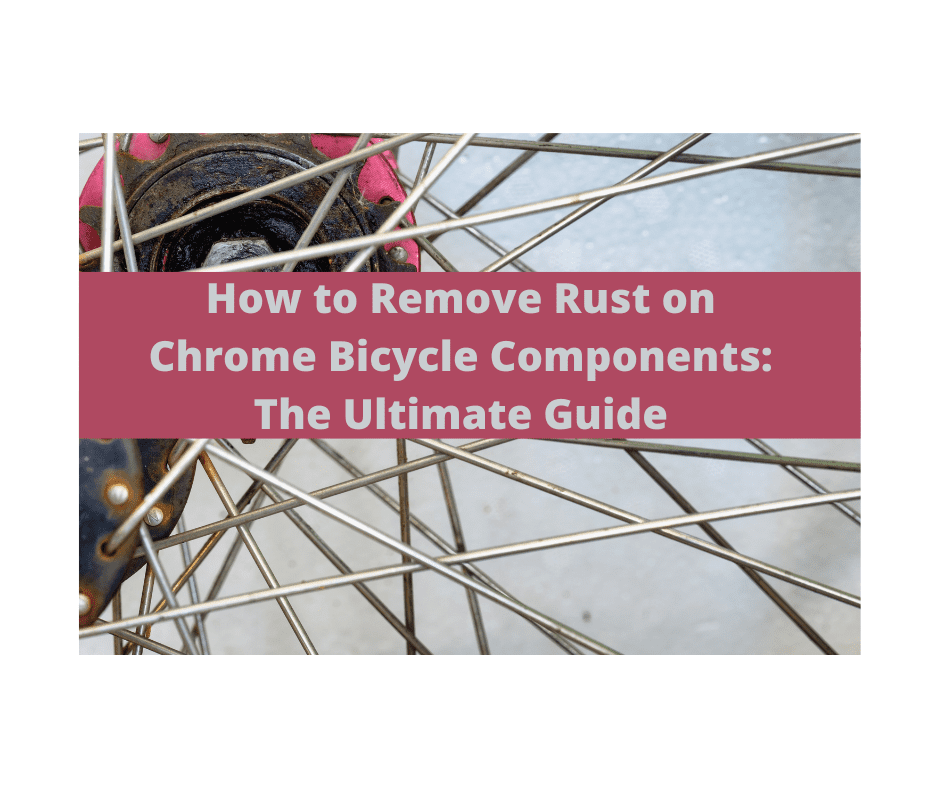To prevent rust in coastal areas, you should regularly clean and inspect your metal structures to remove salt deposits and dirt. Applying specialized protective coatings formulated for salty environments creates a strong barrier against moisture and salt. Consider using corrosion-resistant materials like stainless steel or galvanized metals for added durability. Reapplying coatings and using corrosion inhibitors can further slow rust formation. Taking these steps will help your structures withstand harsher conditions—exploring more ways can keep your investments protected longer.
Key Takeaways
- Apply specialized protective coatings formulated for salty, humid coastal environments to create a moisture-resistant barrier.
- Use corrosion-resistant materials like stainless steel or galvanized metals for structural components.
- Regularly inspect and clean metal surfaces to remove salt deposits and prevent early rust formation.
- Incorporate corrosion inhibitors in paints or sprays to neutralize corrosive agents and prolong metal lifespan.
- Design structures with proper sealing and drainage to minimize salt and moisture ingress, enhancing durability.

Living near the coast exposes your metal structures to salty air, which accelerates rust formation. The high humidity and salt particles settle on surfaces, creating an environment where corrosion can develop quickly if left unchecked. To combat this, you need to take proactive measures to protect your investments and guarantee the longevity of your structures. One effective approach is applying protective coatings designed specifically for coastal environments. These coatings form a barrier that prevents moisture and salt from reaching the metal surface, considerably slowing down rust formation. When selecting a coating, look for those formulated to withstand harsh, salty conditions, as regular paint may not provide sufficient protection over time.
Protect your coastal metal structures with specialized protective coatings to prevent rust and extend lifespan.
In addition to protective coatings, incorporating corrosion inhibitors into your maintenance routine can make a noticeable difference. Corrosion inhibitors are chemicals that, when applied to metal surfaces, reduce the rate of oxidation. They work by either forming a protective film over the metal or by neutralizing corrosive agents such as salt and moisture. You can find corrosion inhibitors in various forms, including sprays, paints, or treatment solutions. Regularly applying these solutions helps maintain a defensive layer that minimizes rust development, especially in areas prone to salt exposure.
Another vital step is inspecting your structures frequently. Coastal environments are relentless, and even the best protective measures can eventually wear down. Look for signs of early rust, such as discoloration or pitting, and address these issues immediately. Cleaning surfaces regularly also helps remove salt deposits and dirt that can compromise protective coatings and inhibitors. Use gentle cleaning methods, avoiding abrasive tools that may damage the coating’s integrity. When needed, reapply coatings or corrosion inhibitors to maintain an effective barrier against moisture and salt.
Furthermore, consider designing your structures or choosing materials that are inherently resistant to corrosion. Stainless steel, galvanized metal, or aluminum alloys are better suited for coastal conditions because they resist rust more effectively than standard steel or iron. Properly sealing any joints or welds can also prevent salt and moisture from penetrating and causing localized corrosion.
Ultimately, preventing rust in coastal areas requires a combination of protective coatings, corrosion inhibitors, regular maintenance, and smart material choices. By staying vigilant and proactive, you can considerably extend the lifespan of your metal structures despite the harsh environment. Implementing these strategies not only saves you money on repairs but also guarantees your structures remain safe, functional, and visually appealing for years to come.
Frequently Asked Questions
What Are the Most Cost-Effective Rust Prevention Methods?
You can save money by applying corrosion inhibitors to vulnerable surfaces, which form a protective barrier against moisture and salt. Galvanization techniques, like hot-dip galvanizing, provide long-lasting protection at a reasonable cost, especially for metal structures. Regular maintenance, such as cleaning and inspecting for damage, also helps prevent rust buildup. Combining corrosion inhibitors with galvanization offers an effective, cost-efficient way to protect your assets from coastal rust.
How Does Humidity Specifically Impact Rust Formation?
Humidity fuels rust formation by increasing moisture absorption on metal surfaces, which accelerates corrosion. When humidity levels are high, water molecules cling to metal, creating a perfect environment for rust to develop quickly. This moisture accelerates corrosion acceleration, making metals deteriorate faster. You can combat this by applying protective coatings or using dehumidifiers, but understanding and controlling humidity levels is vital to slowing rust’s relentless advance.
Can Natural Remedies Effectively Prevent Rust?
Natural remedies can help with rust prevention, but they aren’t foolproof. You might use options like lemon juice or vinegar, which contain acids that slow rust formation. Applying these remedies regularly creates a barrier, reducing moisture and oxidation. However, for long-term protection, combining natural remedies with proper maintenance—such as keeping surfaces dry and applying protective coatings—is more effective than relying solely on natural solutions.
Which Materials Are Most Resistant to Coastal Rust?
You’ll find that stainless steel, especially grades like 316, offers the best material durability and corrosion resistance against coastal rust. Aluminum and certain plastics also resist corrosion well, making them ideal for harsh environments. These materials withstand saltwater exposure more effectively, ensuring longevity. By choosing these options, you actively protect your assets from rust, saving you maintenance costs and preserving their appearance despite the corrosive coastal conditions.
How Often Should Protective Coatings Be Reapplied?
You should reapply protective coatings every 2 to 5 years, depending on your maintenance schedule and coating longevity. Regular inspections help identify wear or damage early, guaranteeing you maintain a strong barrier against rust. Coastal conditions can accelerate degradation, so more frequent reapplications might be necessary. Staying proactive with your maintenance schedules ensures your materials stay protected longer, reducing corrosion risks and extending their lifespan.
Conclusion
To keep your belongings rust-free in coastal areas, remember that applying protective coatings and regular maintenance are key. Did you know that corrosion costs the U.S. economy over $2.2 trillion annually? By taking simple steps today, you can markedly extend the lifespan of your metal objects and save money in the long run. Don’t let saltwater damage your investments—stay proactive, and your equipment will thank you for it.
















